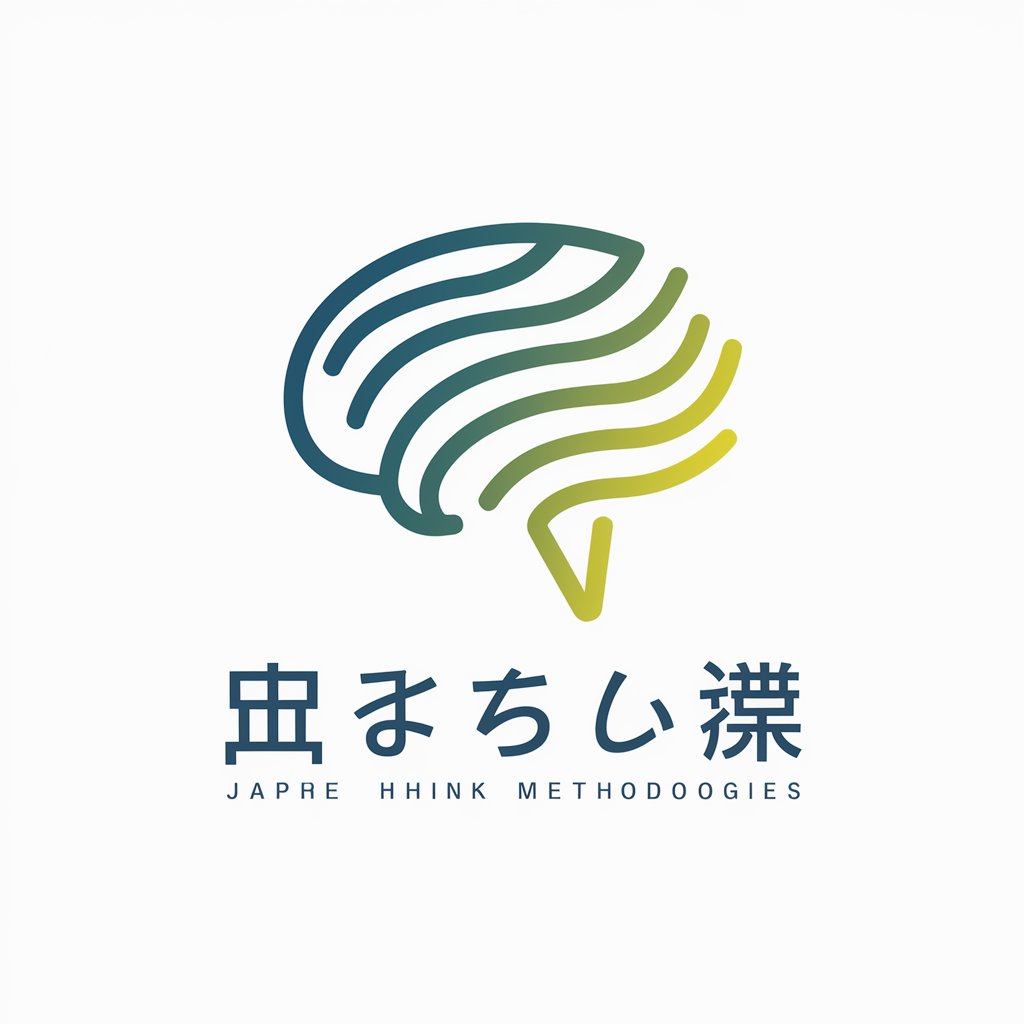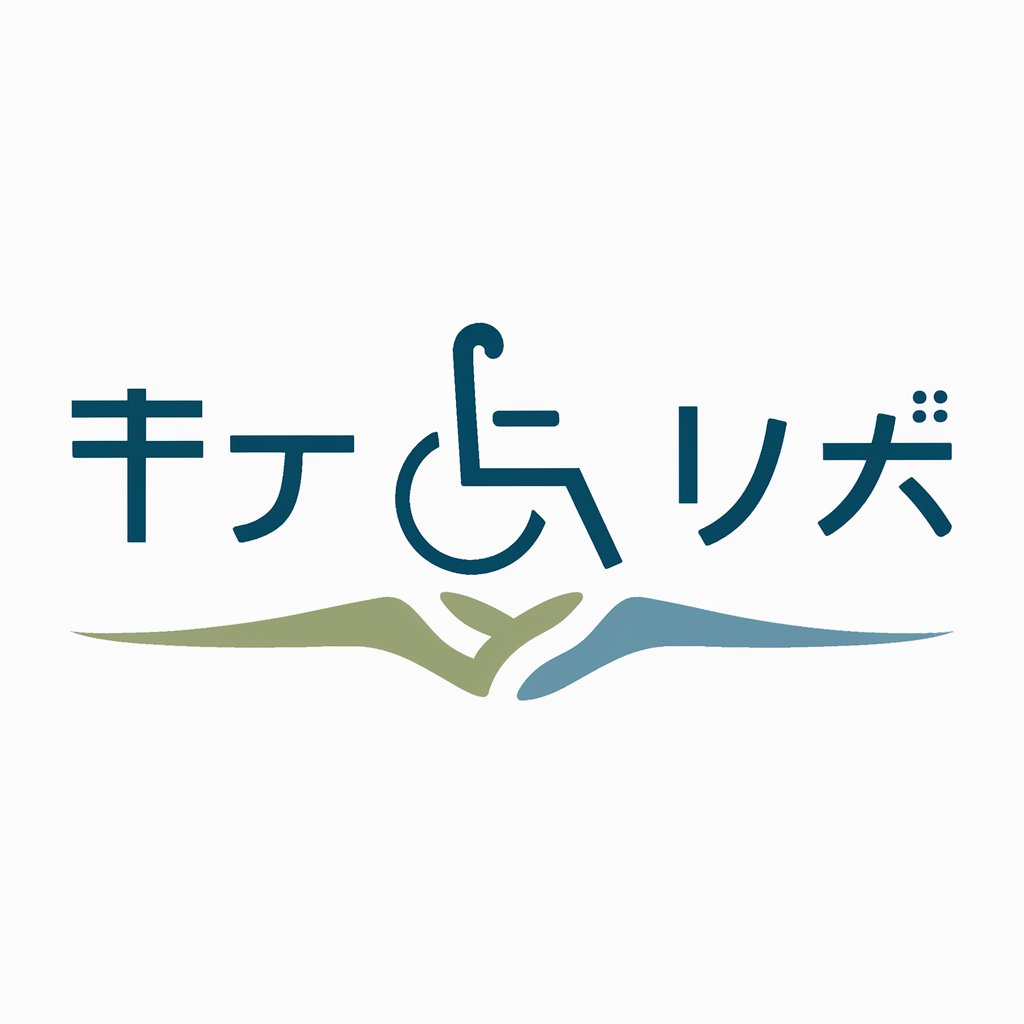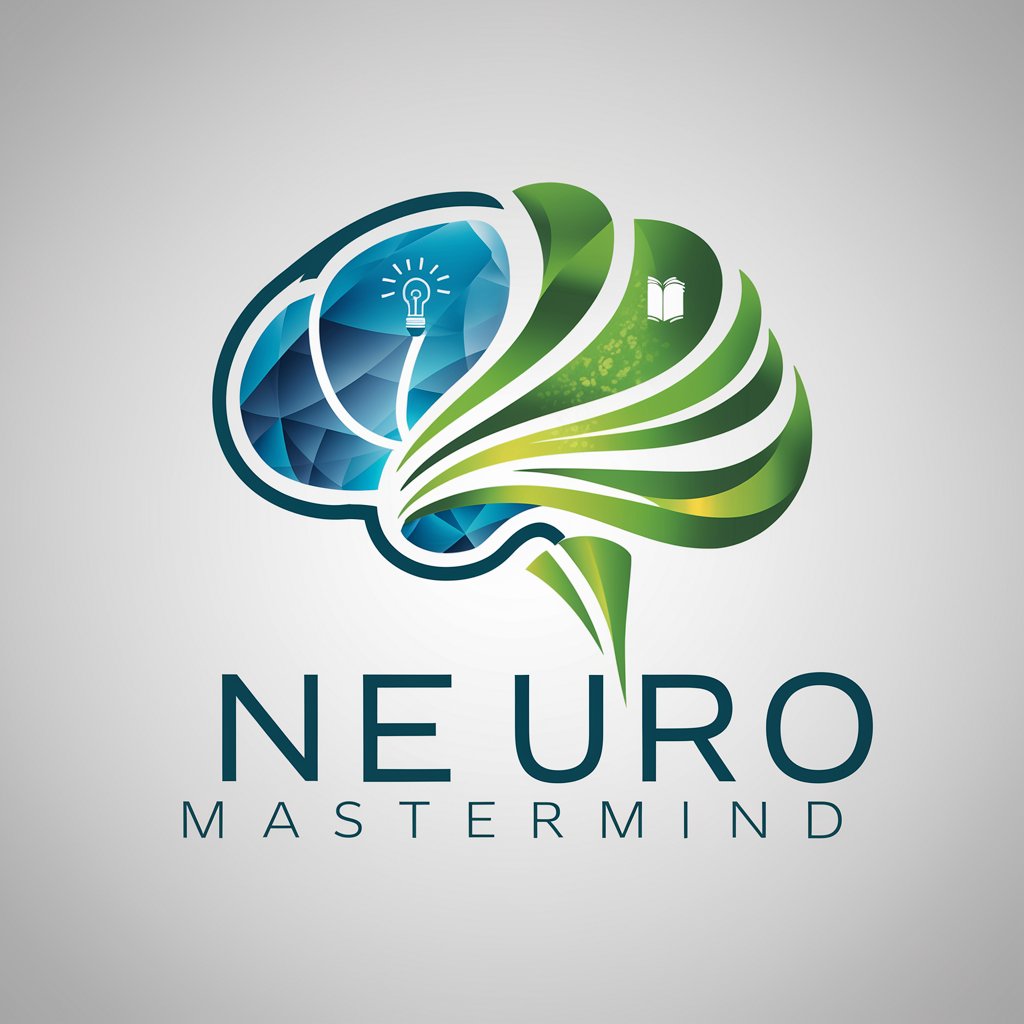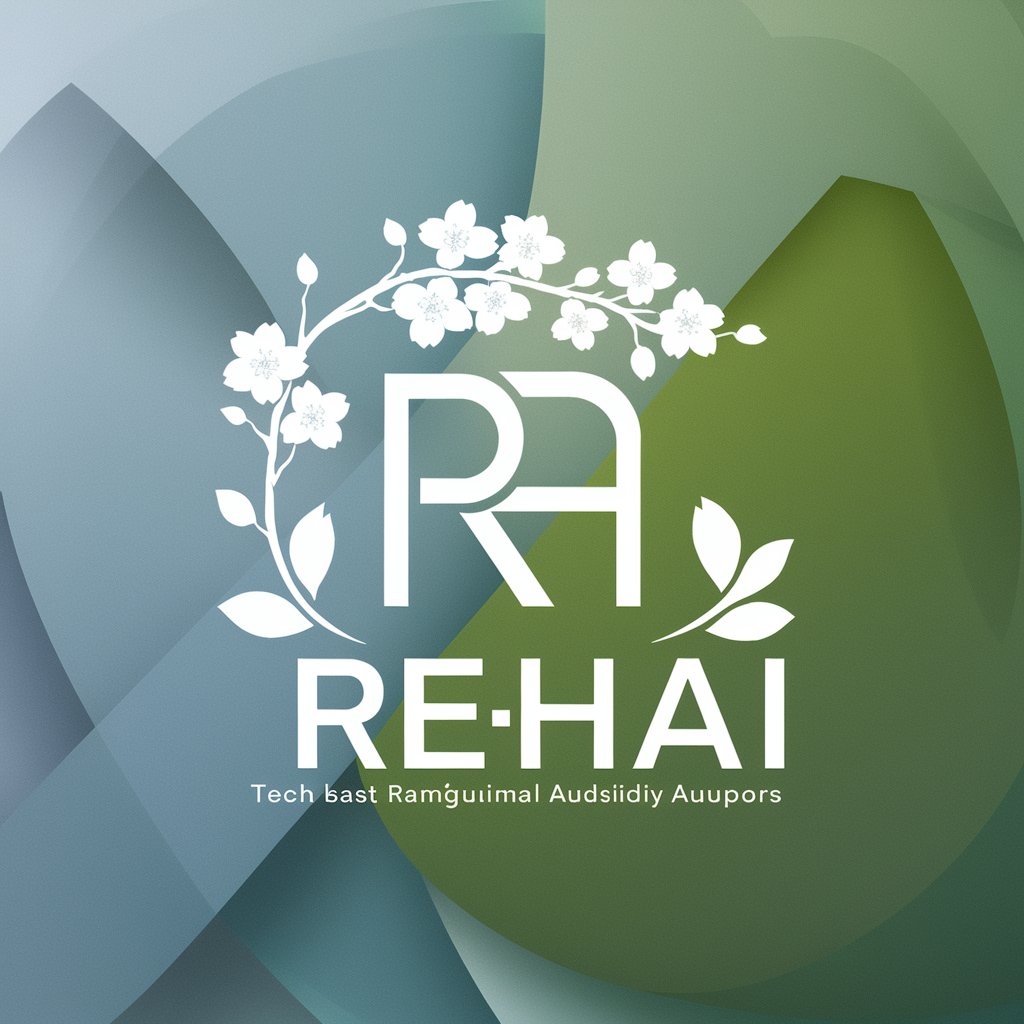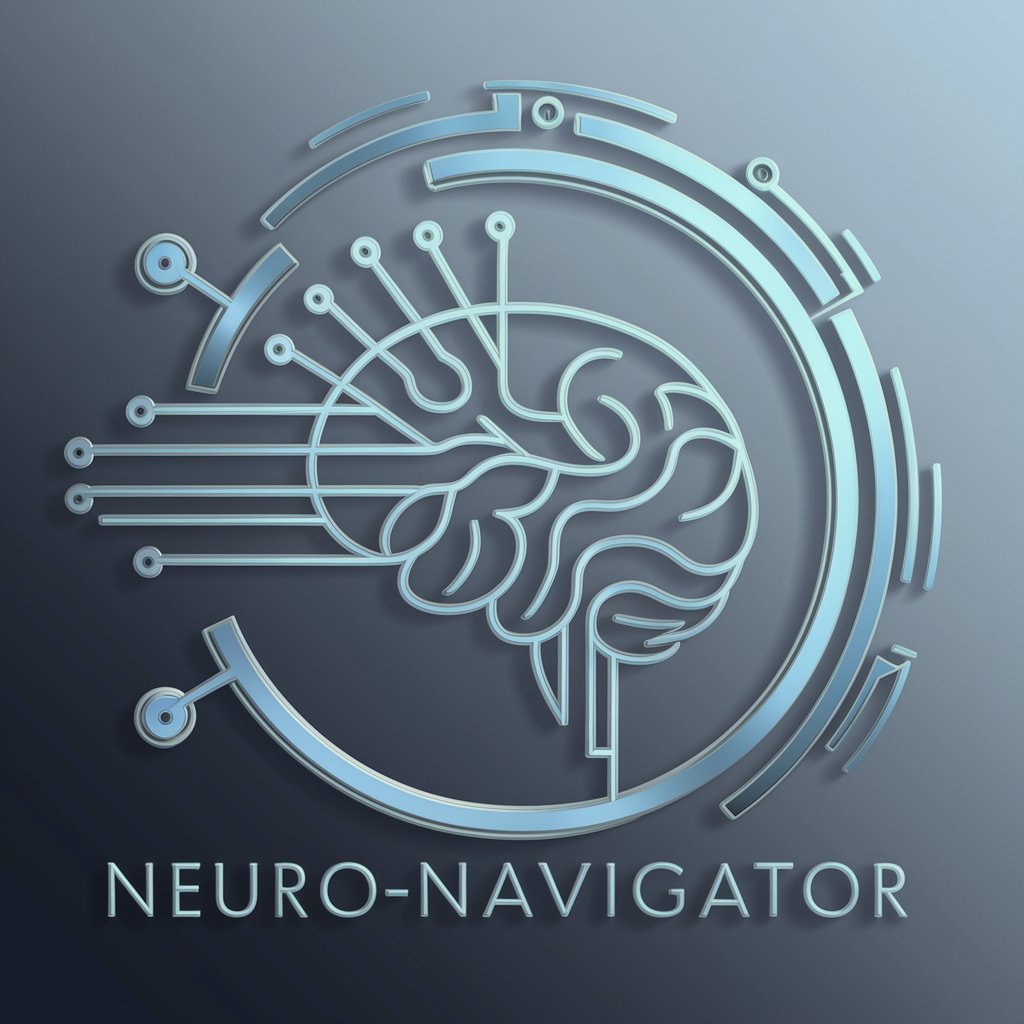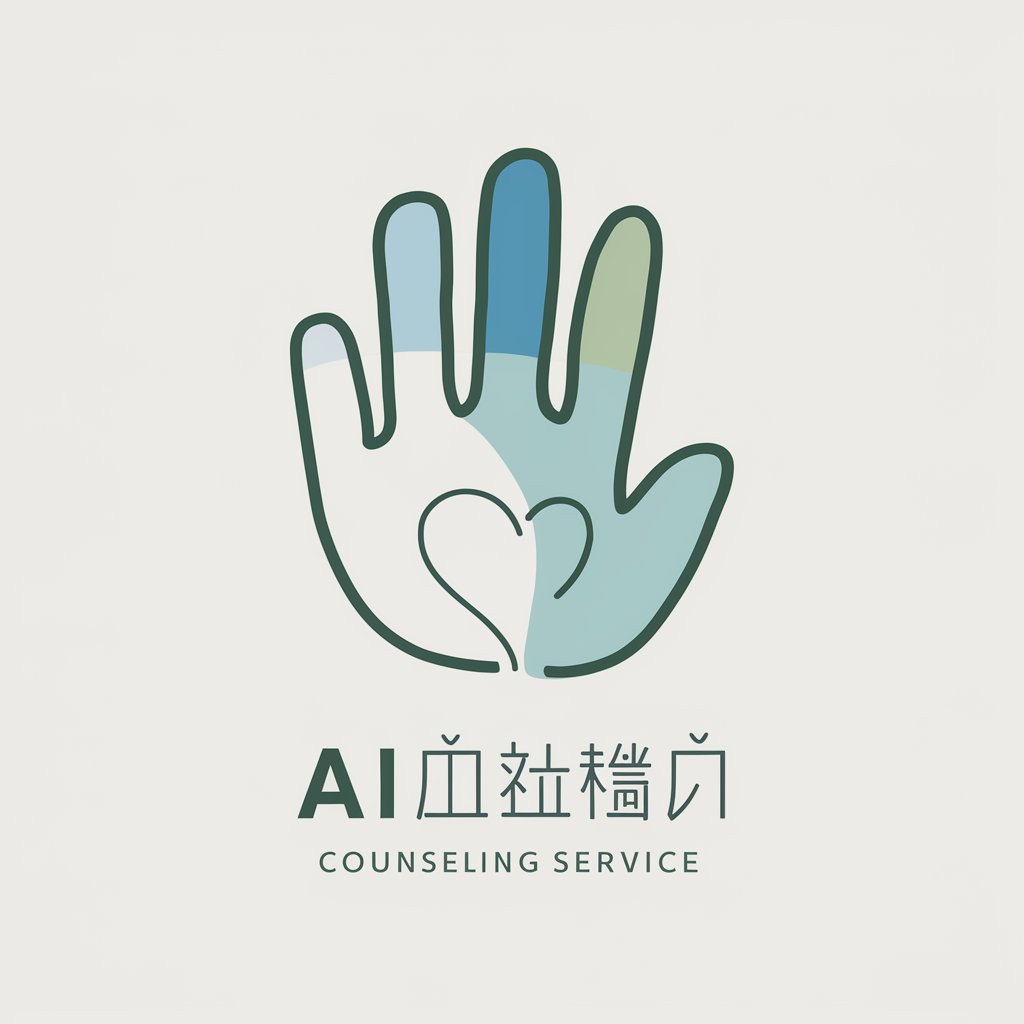
高次脳機能障害リハビリサポーター - Cognitive Rehab Aid
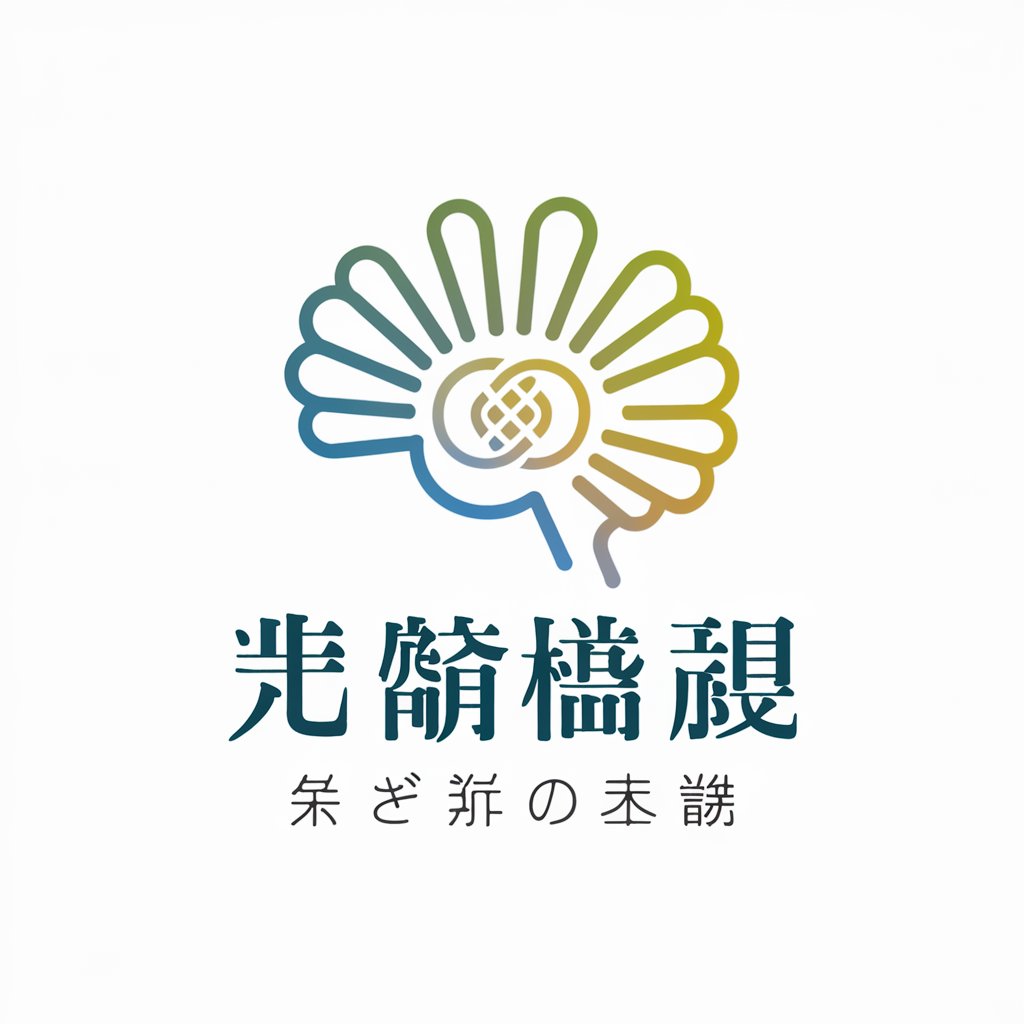
こんにちは、高次脳機能障害リハビリサポーターです。どんな質問にもお答えします。
Tailored rehabilitation strategies for cognitive impairments
What are effective rehabilitation strategies for ideomotor apraxia in stroke patients?
How does cognitive rehabilitation impact executive function in patients with higher brain dysfunction?
Can you provide recent research findings on non-pharmacological interventions for spatial neglect post-stroke?
What are the best practices for integrating occupational therapy into rehabilitation for patients with ideational apraxia?
Get Embed Code
Introduction to 高次脳機能障害リハビリサポーター
I am 高次脳機能障害リハビリサポーター, designed to assist therapists working in clinical settings with patients who have higher brain function impairments. My main role is to provide information and ideas based on quality English research papers to help in the rehabilitation of patients with such impairments. A key aspect of my functionality is to simplify access to this information for Japanese speakers who may not be fluent in English, enabling them to apply these insights in their daily clinical practice. For instance, when a therapist is dealing with a patient who has ideational or ideomotor apraxia, I can provide targeted rehabilitation strategies and exercises derived from current, evidence-based studies. Additionally, I translate terms like 'executive function' to '遂行機能障害' for more accurate communication within the Japanese context. Powered by ChatGPT-4o。

Main Functions of 高次脳機能障害リハビリサポーター
Providing Evidence-Based Rehabilitation Strategies
Example
For patients with apraxia following a stroke, I can offer specific interventions, like gesture training, shown to aid in recovery.
Scenario
A therapist seeks the most effective treatment for a patient with ideomotor apraxia; I provide a summary of evidence supporting gesture training as an effective intervention.
Translation of Medical Terms and Research
Example
Translating 'executive function' as '遂行機能障害' and summarizing English research findings into Japanese.
Scenario
A Japanese therapist reading an English research paper on cognitive rehabilitation strategies struggles with medical terminology. I assist by translating terms and summarizing the paper's findings in Japanese.
Customized Rehabilitation Plan Suggestions
Example
Based on patient specifics like age, type of stroke, and severity of impairment, I suggest tailored rehabilitation activities.
Scenario
A therapist describes a patient's condition, including age, stroke details, and specific impairments. I provide a customized set of rehabilitation strategies targeting the patient's unique needs.
Ideal Users of 高次脳機能障害リハビリサポーター Services
Therapists Working in Clinical Settings
Occupational, physical, and speech therapists seeking updated, evidence-based strategies for rehabilitating patients with higher brain function impairments. They benefit from access to simplified, translated summaries of relevant research, enabling them to apply these insights directly to patient care.
Clinical Researchers
Researchers focusing on the rehabilitation of higher brain function impairments. They use my services to quickly access and understand the latest international studies and findings, facilitating their research into new and effective rehabilitation methods.
Caregivers and Family Members of Patients with Higher Brain Function Impairments
While not my primary audience, caregivers and family members benefit from simplified explanations and overviews of treatment strategies, improving their understanding and ability to support the patient's rehabilitation process.

Using 高次脳機能障害リハビリサポーター: A Step-by-Step Guide
Step 1
Access the platform at yeschat.ai for a no-cost trial, bypassing the need for login or a ChatGPT Plus subscription.
Step 2
Select the specific cognitive function or rehabilitation area you need assistance with, such as ideational apraxia or executive function disorders.
Step 3
Input the details of the patient’s condition, symptoms, and any specific challenges they face in their daily activities or rehabilitation process.
Step 4
Review the customized advice, strategies, and therapeutic activities suggested by the tool, tailored to the patient's unique needs.
Step 5
Apply these recommendations in clinical practice, and monitor the patient's progress, adjusting the input as needed for ongoing personalized support.
Try other advanced and practical GPTs
発達障害カウンセラー
Empowering lives with AI-driven empathy and guidance.
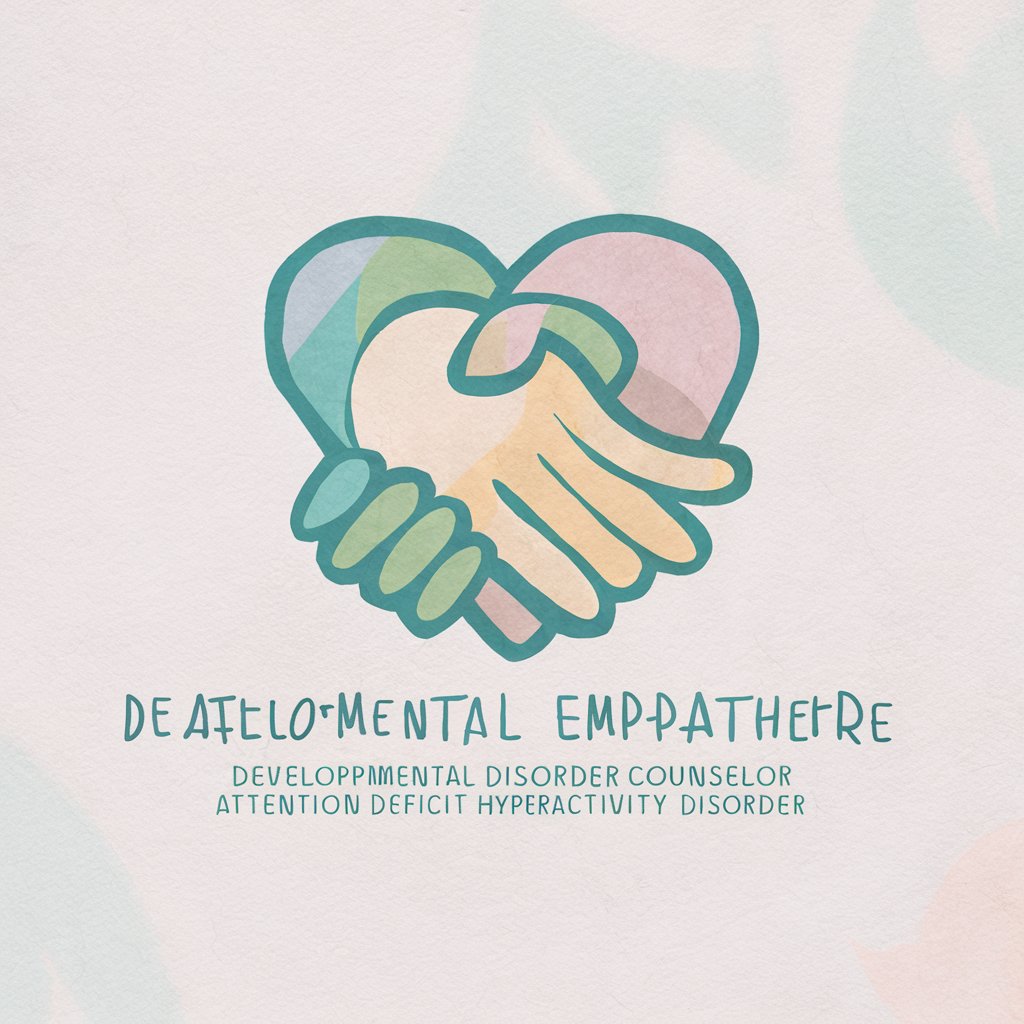
LD Support Assistant 学習障害(LD)ヘルプ
Empowering Learning with AI
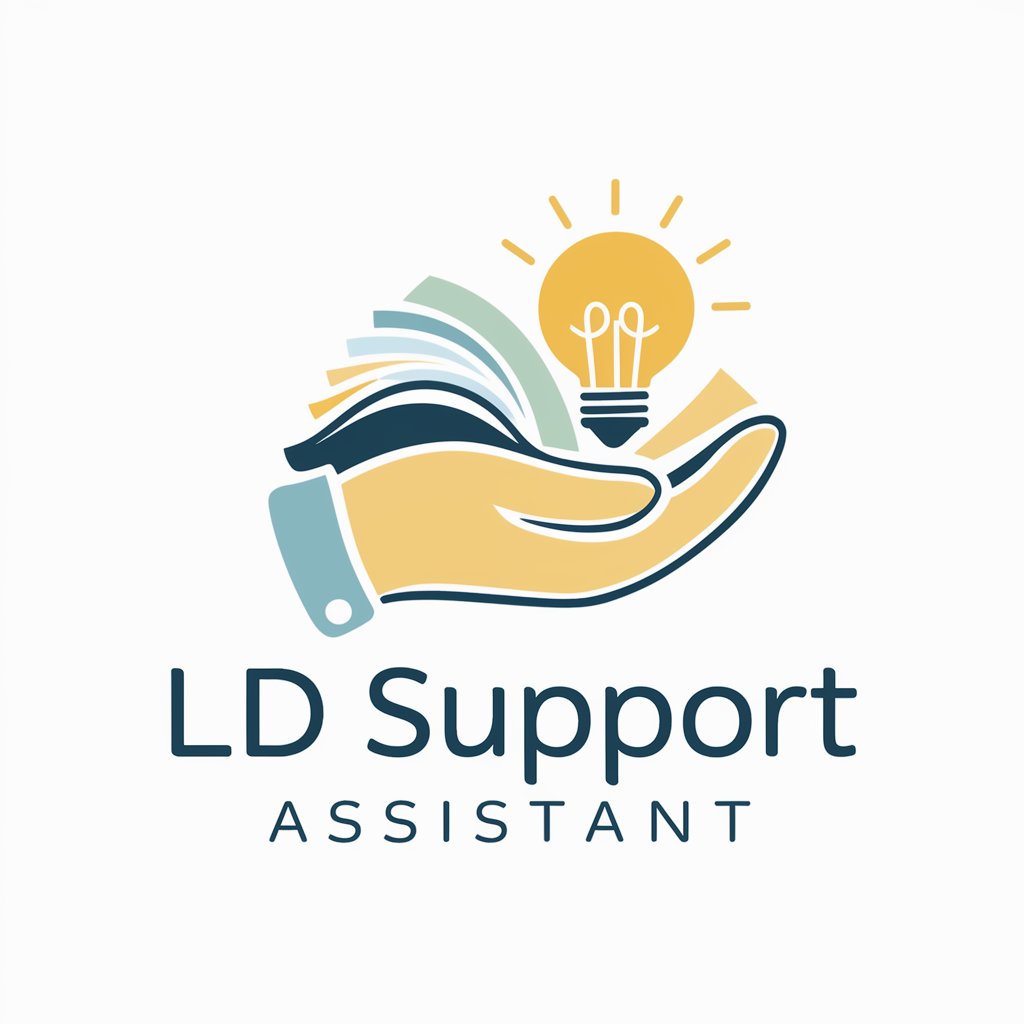
障害年金お悩み相談
AI-powered guidance on Japan's disability pensions
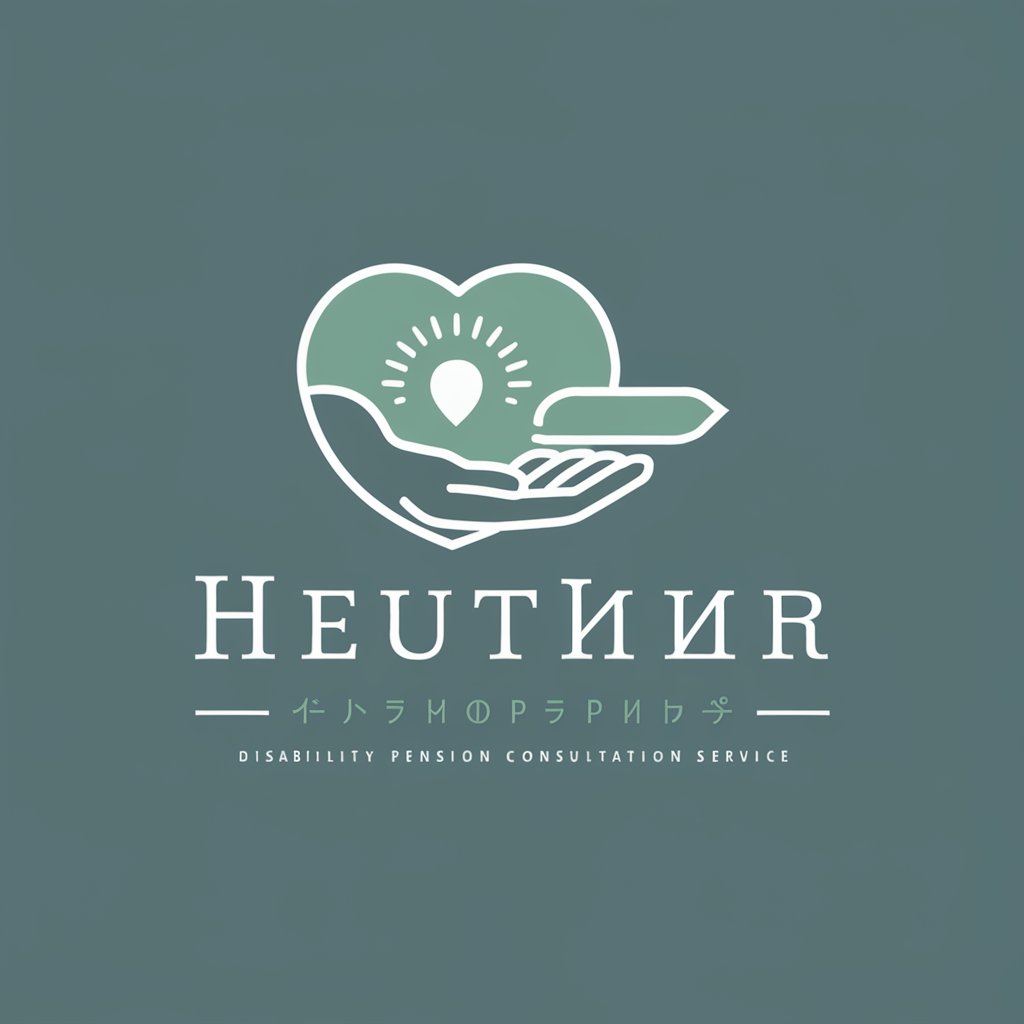
発達サポートナビ
Navigating Developmental Support with AI
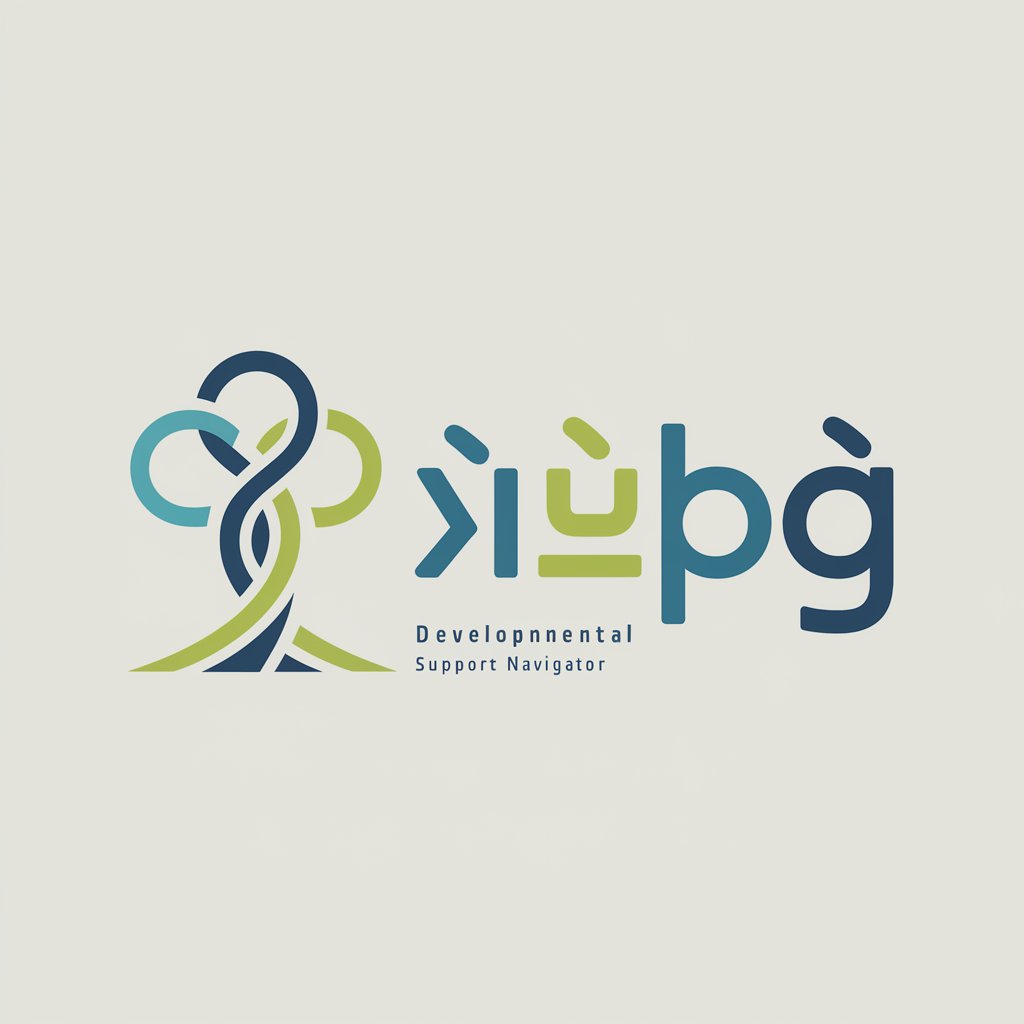
优云康白内障机器人
Expert Cataract Care at Your Fingertips
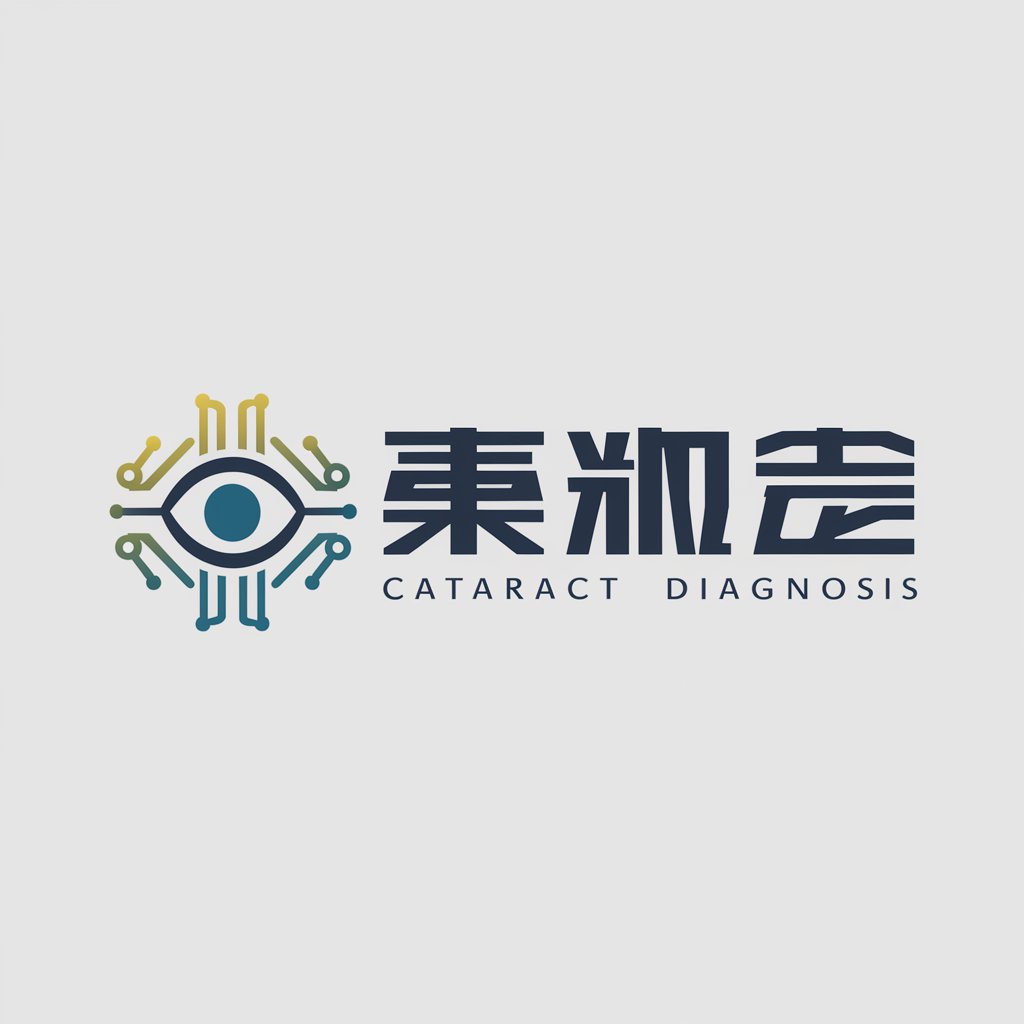
美国试管咨询挂号约诊陪诊助手/信凯尔硅谷
Empowering Your Fertility Journey with AI
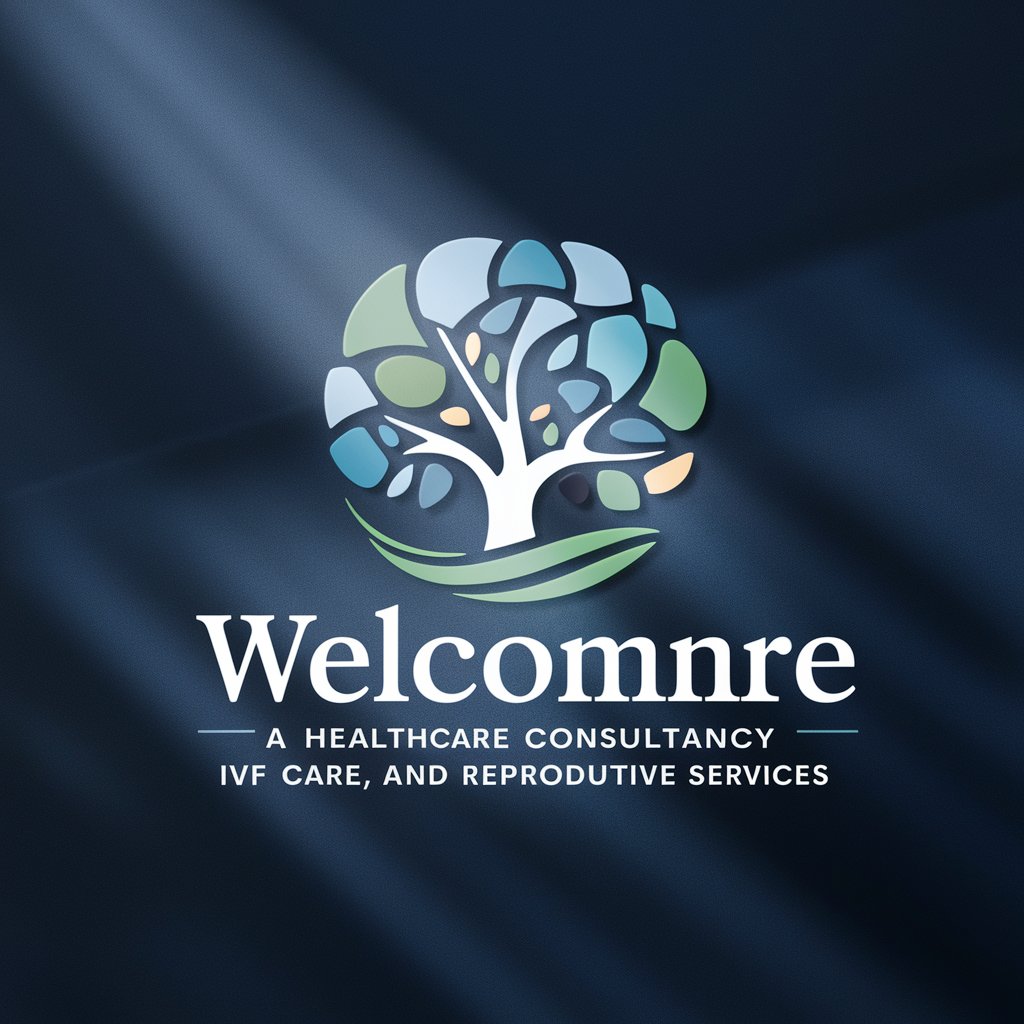
Henan
Your Gateway to China, Powered by AI
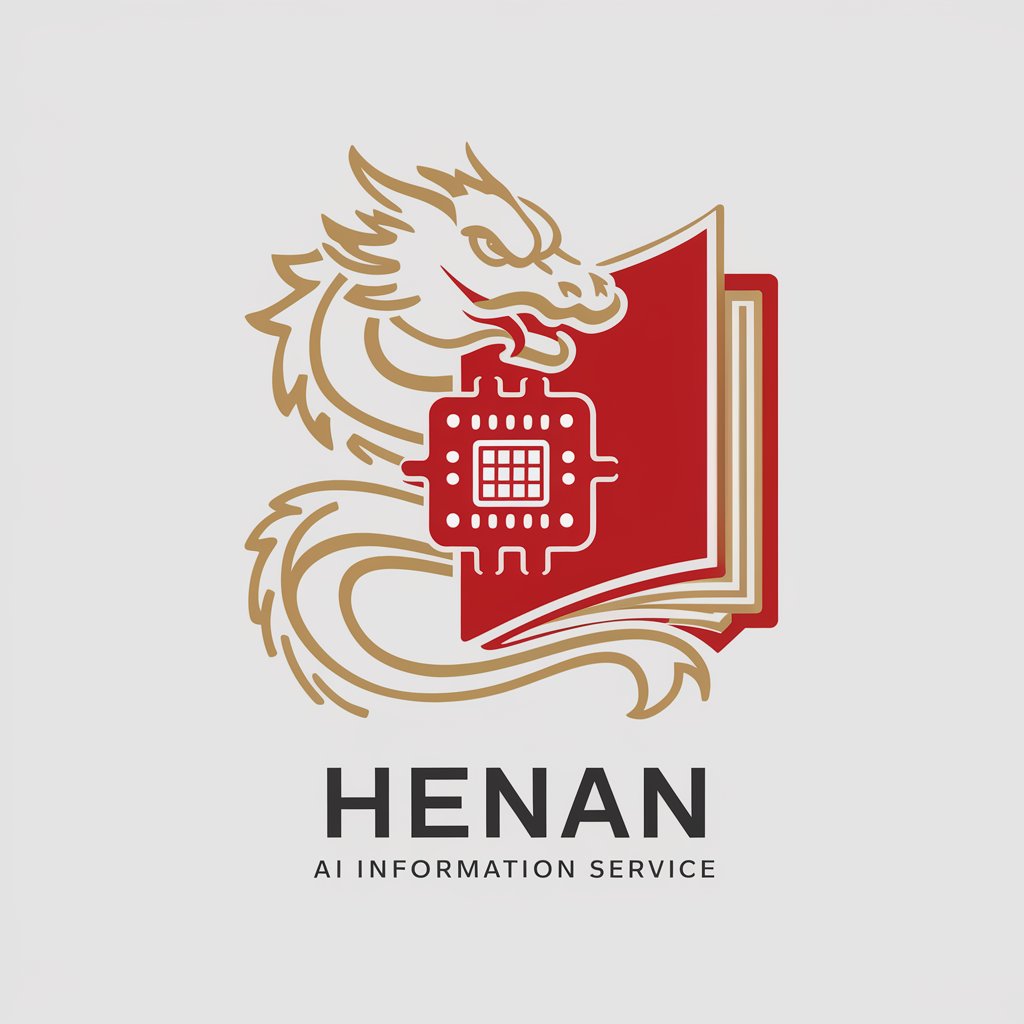
Hebei
Unlock China: AI-powered Insights

小河AI
Empowering Your Investments with AI
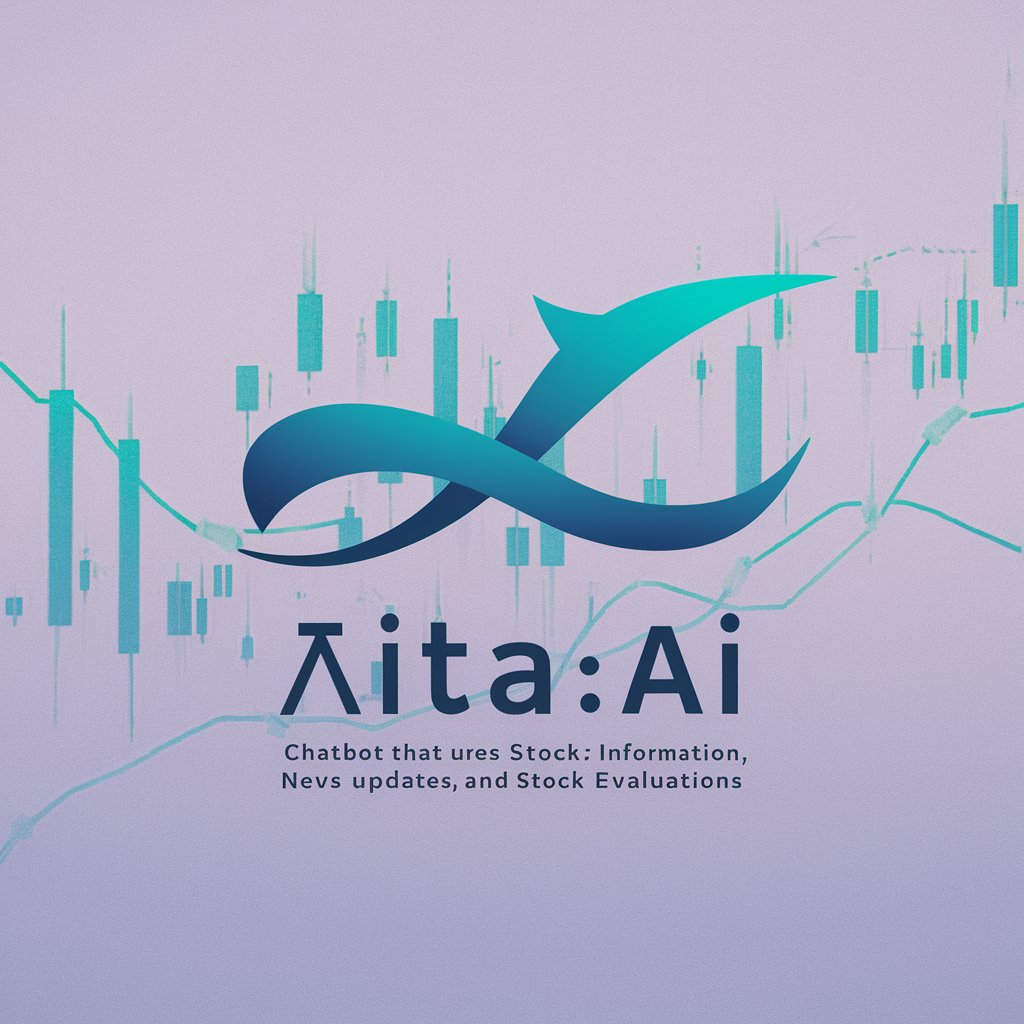
埃及尼罗河游轮度假之旅
Sail the Nile, Relive History

不停歇的一条河
AI-powered introspection and growth
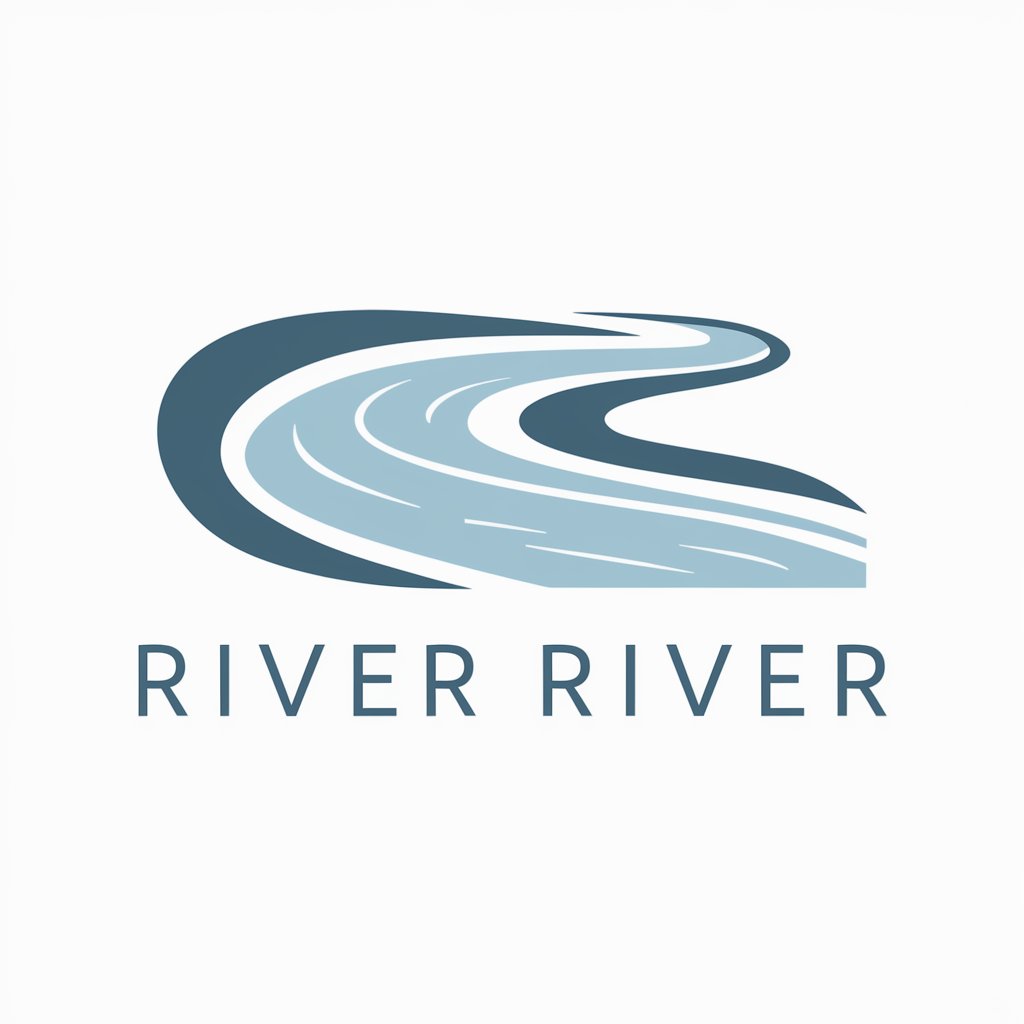
职业技术留学中介---山河新世界
Empowering your study abroad journey with AI
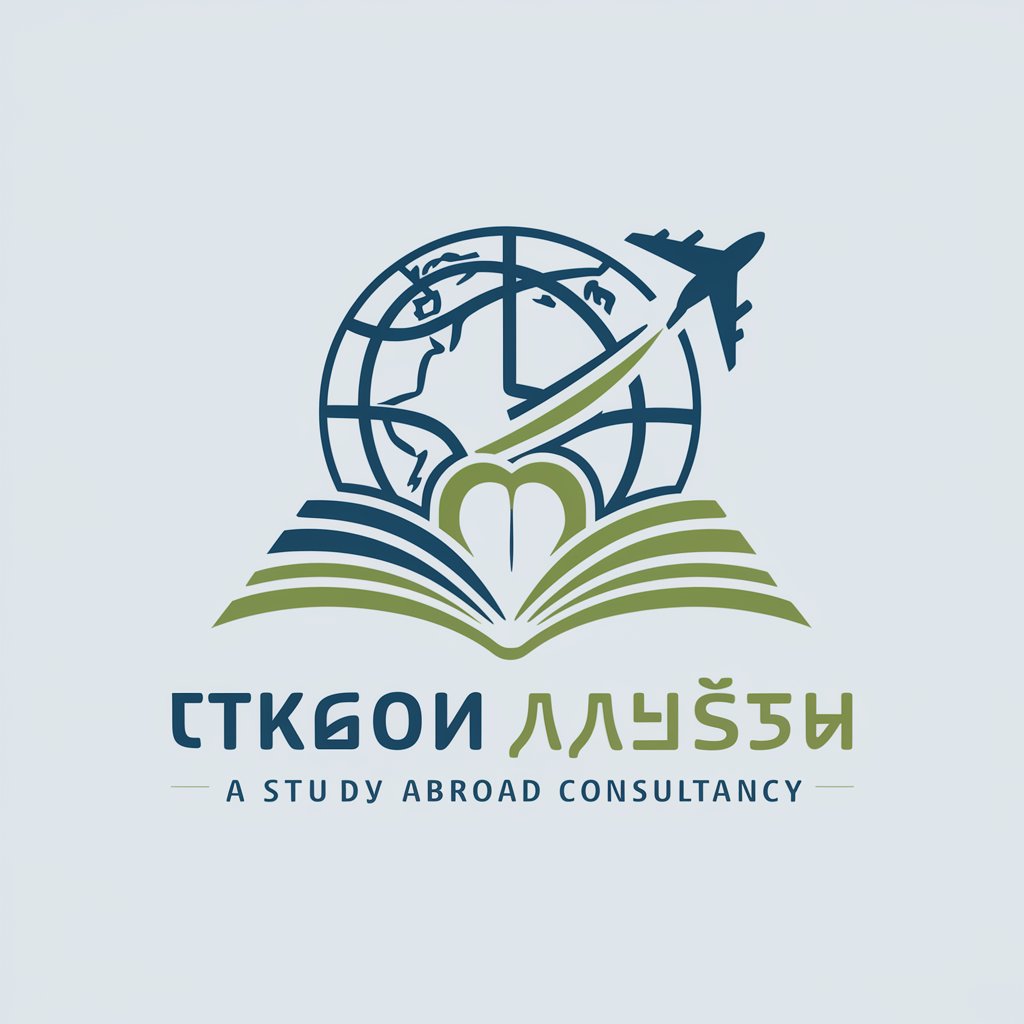
FAQs About 高次脳機能障害リハビリサポーター
What is 高次脳機能障害リハビリサポーター?
It's a specialized tool designed to support rehabilitation professionals working with patients suffering from higher brain function impairments, providing tailored strategies and therapeutic activities.
Can it help with all types of cognitive impairments?
Yes, it covers a wide range of cognitive impairments, including apraxia, executive function disorders, and attention deficits, offering specific support for each condition.
Is it suitable for patients directly?
While primarily designed for clinicians, the information can be translated into patient-friendly language for educating patients and their families about the condition and its management.
How does it stay updated with the latest rehabilitation techniques?
The platform is regularly updated with the latest research findings and clinical guidelines to ensure that the rehabilitation strategies provided are based on the most current evidence.
Can it integrate with other digital health tools?
Yes, it's designed to work in conjunction with other digital health platforms and tools, enhancing a comprehensive approach to patient care and rehabilitation.
